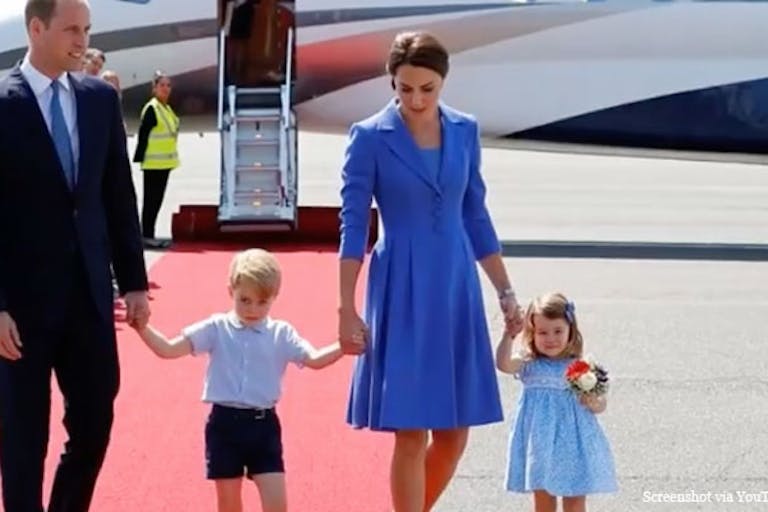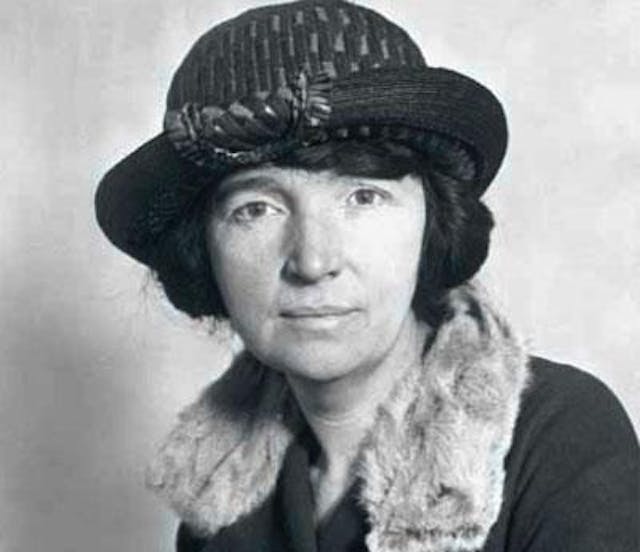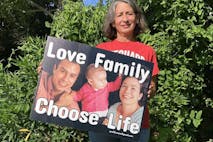
Planned Parenthood closes Rolla, MO facility, will continue telehealth
Nancy Flanders
·
Prince William and Kate strike hard blow to ‘two children or less’ mentality
The Duke and Duchess of Cambridge, Prince William and Kate, recently announced that they are expecting their third child. Kate’s pregnancy reportedly “breaks a 58-year tradition” in which the Queen’s immediate royal family has had no more than two children per couple. Queen Elizabeth herself had four children, the last of whom was born in 1964.
While the Queen and family were excited with this news, not everyone was. One family planning group which advocates for small families — ironically named “Having Kids” — wrote an open letter to the couple asking them to reconsider having another baby. The group later backpedaled, saying, “We did so to encourage them to set an example of the most effective thing possible to mitigate climate change and protect the future,” but still got in a jab, adding, “… [W]e don’t have to always rely on celebrities to lead by example. Changing this world for the better does not happen overnight.”
Some others who weren’t so happy with the news were lower-income families in the UK who learned just months ago that the Tory party voted to revoke the country’s Child Tax Credit for all but the first two children in a family (with a few exceptions). This will not affect children already born. However, these families will still have to pay taxes, which, in turn, support the royal family, while they will be penalized for doing as William and Kate have done.
The message is glaring: more than two children, and you’ll be penalized.
But it goes beyond being penalized; into larger society creeps an attitude of bias against larger families. In today’s culture, expressing the desire for more children is often met with utter disbelief.
My first child was a girl. Two years later, we had a boy. I was told, “How wonderful! You have your girl and your boy, and now your family is complete!” Such an odd sentiment, I always thought, as if having one child of each sex somehow “completes” a family. Two kids, one of each, and you’re done. We’ve since added another child to our family, a boy. One member of the peanut gallery outside our family responded to the news by saying, “You’re having ANOTHER? Wow, okay….”
Where did this idea come from, that two children, one of each sex, is the “ideal family” of the “ideal size”? Or that if you don’t get one of each sex, only then is it considered acceptable to “keep trying” for a child of the opposite sex?
Back in my grandfather’s day, a lot of families were quite large. My grandfather himself was the eighth of ten children. Had my great grandparents held to the “ideal family” mentality of today, I wouldn’t exist, and neither would my children.
So if two-child, small families weren’t yet a mainstream idea back in the early 1920’s, in my grandfather’s generation, where did this idea originate?
Article continues below
Dear Reader,
In 2026, Live Action is heading straight where the battle is fiercest: college campuses.
We have a bold initiative to establish 100 Live Action campus chapters within the next year, and your partnership will make it a success!
Your support today will help train and equip young leaders, bring Live Action’s educational content into academic environments, host on-campus events and debates, and empower students to challenge the pro-abortion status quo with truth and compassion.
Invest in pro-life grassroots outreach and cultural formation with your QUADRUPLED year-end gift!

In 1917, Margaret Sanger, Planned Parenthood’s founder, wrote a publication titled, “Family Limitations,” in which she stated, “Women of the working class, especially wage workers, should not have more than two children at most.” More children than two, she wrote, “are not really wanted,” adding that “women of intelligence” are those who prevent too many pregnancies. The publication then goes on to instruct women how to cause early abortions by ingesting substances that will make the uterine lining inhospitable to newly-conceived human lives, and instructs on various other methods of birth control.
Sanger also wrote in this publication:
Birth control, or family limitation, has been recommended by some of the leading physicians of the United States and Europe…. It has already been incorporated into the private moral code of millions of the most influential families in every civilized country.
Disdain for large families oozes from these decades-old sentiments.
China has certainly taken the idea of limiting family size to extreme, oppressive ends with its enforcement of the brutal, coercive One-Child Policy (recently “relaxed” to a Two-Child Policy). Following Margaret Sanger’s suggestion (knowingly or unknowingly) that families should obtain a “permit to breed” from eugenics boards, China requires a special family planning permit for having more children. Live Action News’ Nancy Flanders noted at the time of China’s change in policy:
… [T]he process of obtaining the permit is arduous. Couples must get official stamps of approval from a variety of people, including their work supervisors. Neighbors and coworkers are encouraged to report any couples who have more than the approved number of children, and incentives such as work bonuses are on the line if anyone within a company is found to have violated the policy. Couples who do violate the policy are at risk of hefty fines, job loss, and forced abortion as well as sterilization.
This view of ‘two children and no more’ has its roots in the eugenics movement, and at the heart of the eugenics movement lies Planned Parenthood. Margaret Sanger and her friends advocated population control for the “unfit,” while today’s eugenicists tend to couch their beliefs about family size in terms of environmental concerns.
Even as recently as five years ago, Planned Parenthood was still busy pushing two children as an “ideal family size” — this time in the Philippines, according to an article published by STOPP, which states (emphasis added):
Planned Parenthood and its cronies have been working for over a decade toward enactment of the “Reproductive Health” (RH) bill, which provides for the universal distribution of all methods of birth control, including abortifacient pills, injections, and IUDs. Section 20 of the bill, entitled Ideal Family Size, says the state will “encourage [couples] to have two children as the ideal family size,” while saying that is neither mandatory nor compulsory.
But Planned Parenthood is only following the eugenic philosophy of its founder, Sanger, who believed that large families (she and her cohorts noted this as exceeding two children) are morally wrong, writing in one of her publications, “The most merciful thing that the large family does to one of its infant members is to kill it.”
Eugenics as a philosophy never really went out of style. It’s still around, changing its outfits — and targets — with each new season.
Live Action News is pro-life news and commentary from a pro-life perspective.
Contact editor@liveaction.org for questions, corrections, or if you are seeking permission to reprint any Live Action News content.
Guest Articles: To submit a guest article to Live Action News, email editor@liveaction.org with an attached Word document of 800-1000 words. Please also attach any photos relevant to your submission if applicable. If your submission is accepted for publication, you will be notified within three weeks. Guest articles are not compensated (see our Open License Agreement). Thank you for your interest in Live Action News!

Nancy Flanders
·
Issues
Bridget Sielicki
·
Issues
Angeline Tan
·
Issues
Nancy Flanders
·
Issues
Wesley J. Smith
·
Issues
Michael J. New
·
Media
Kelli Keane
·
Human Interest
Kelli Keane
·
Activism
Kelli Keane
·
Politics
Kelli Keane
·
Human Interest
Kelli Keane
·